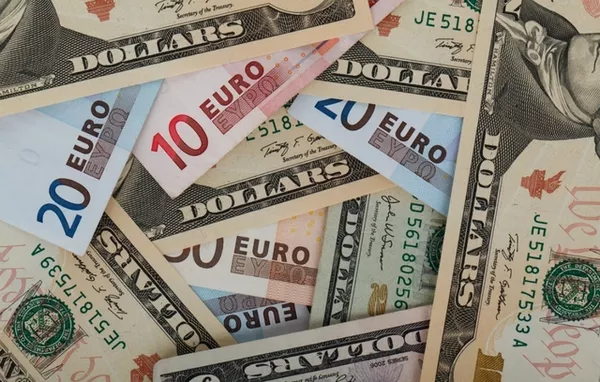GBP/USD turned bearish for a second straight day on Tuesday, retreating further from the previous day’s highest levels since mid-September around 1.2425-1.2430. GBP/USD in Asia fell to two-day lows near 1.2335-1.2330, down less than 0.10% for the day, but there was a lack of follow-up selling.
The U.S. dollar recovered from near eight-week lows overnight, becoming a key factor weighing on GBP/USD. Although the market expected that the Federal Reserve had completed raising interest rates, the Fed members’ speech was not dovish enough, which led to a strong rebound in U.S. bond yields on Monday. On top of this, global risk sentiment deteriorated slightly, reflected in weaker stock markets, while supporting the safe-haven dollar.
On the other hand, the Bank of England (BOE) said that the British economy is at risk of falling into recession next year, and the outlook is bleak, putting pressure on the pound (GBP). This, coupled with the previous day’s failure of GBP/USD to move closer to the technically important 200-day simple moving average (SMA), prompted some selling around GBP/USD and a modest decline. But downside for GBP/USD appears to be limited as traders wait for new clues on the Fed’s path to future interest rate hikes before preparing for the next period of directional swings.
As a result, markets will continue to focus on speeches from influential Fed members, including Fed Chairman Jerome Powell on Wednesday and Thursday. Meanwhile, a fresh decline in U.S. bond yields could prevent further gains in GBP and help stem the downside for GBP/USD. With no economic data to be released from the UK or the US that will affect the market, from a fundamental background, it is prudent to wait for strong follow-up selling in GBP/USD before confirming that GBP/USD has peaked. .


